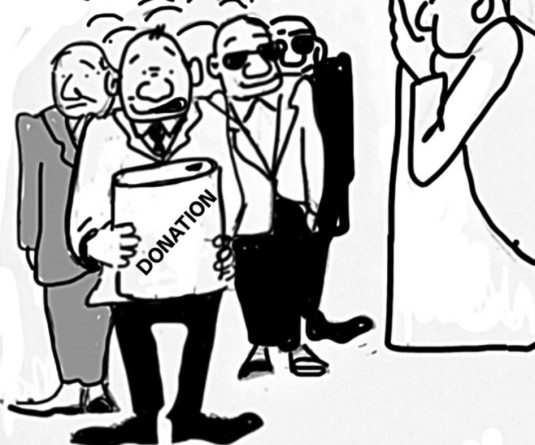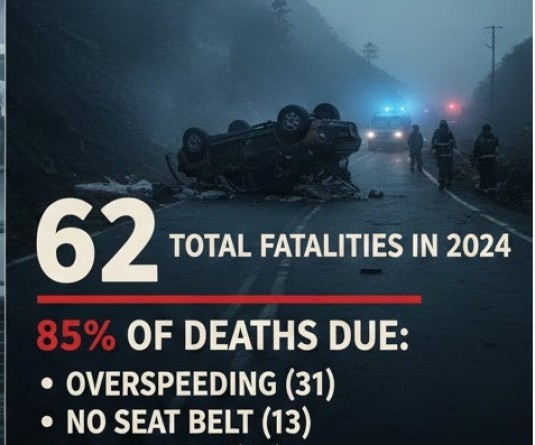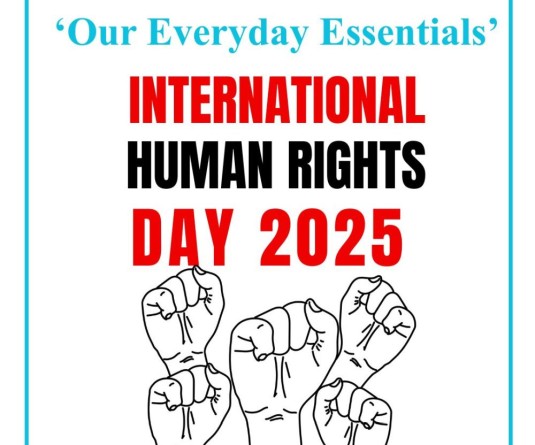Source: The Indian Telecom Services Performance Indicator Report (2023-2024 & 2024-25), Telecom Regulatory Authority of India;
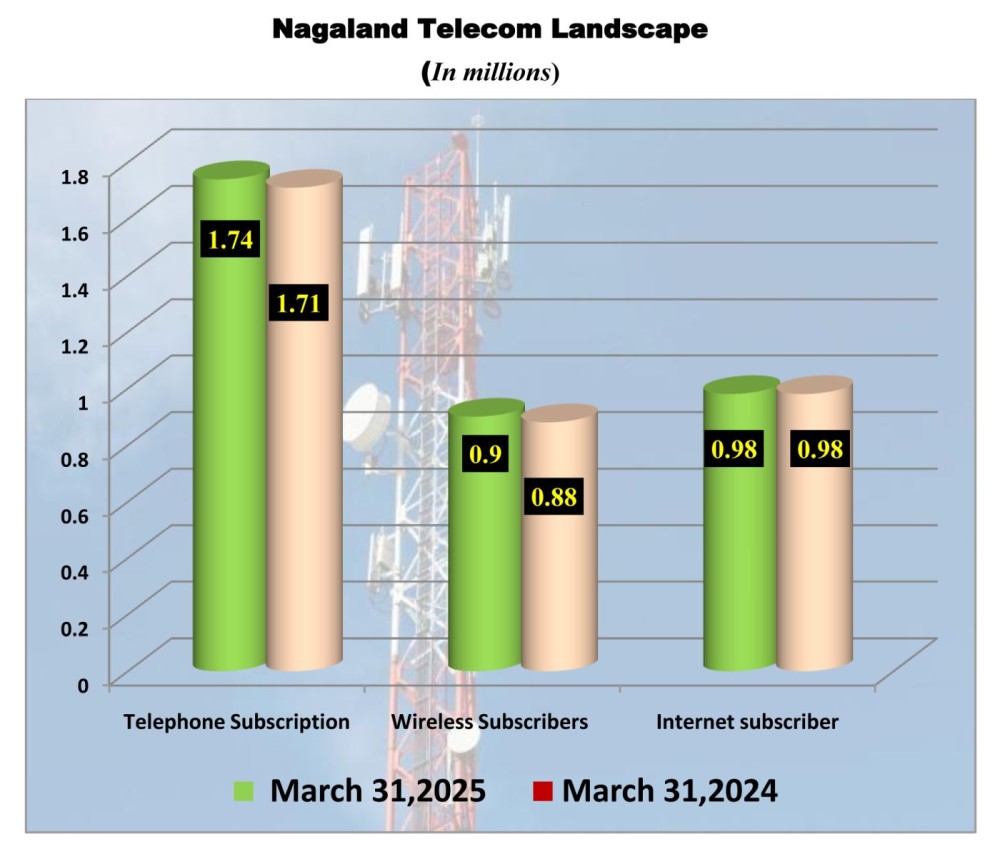
Morung Express News
Dimapur | July 24
Nagaland reported a slight improvement in overall telecom connectivity during the financial year ending March 31, 2025, according to the latest Indian Telecom Services Yearly Performance Indicators released by the Telecom Regulatory Authority of India (TRAI). The gains were primarily driven by rural expansion, even as urban areas witnessed a minor decline in several key indicators.
Marginal increase in subscriber base
The total number of telephone subscribers in the state rose to an estimated 1.74 million by March 2025, up from around 1.71 million a year earlier. This represents an increase of approximately 30,000 connections, or about 1.75 percent year-on-year.
Rural subscriptions saw a more noticeable jump, climbing from 880,000 to 920,000—an estimated addition of 40,000 users, or 4.5 percent. In contrast, urban subscriptions slipped marginally from 840,000 to 830,000, marking a decline of roughly 10,000 users, or 1.2 percent.
Accordingly, Nagaland’s overall tele-density or the total number of telephone connections per 100 people rose from 75.90 percent in 2024 to 76.50 percent in 2025.
Rural tele-density improved significantly from 73.82 to 78.57 percent, while the urban rate declined from 78.21 to 74.33 percent.
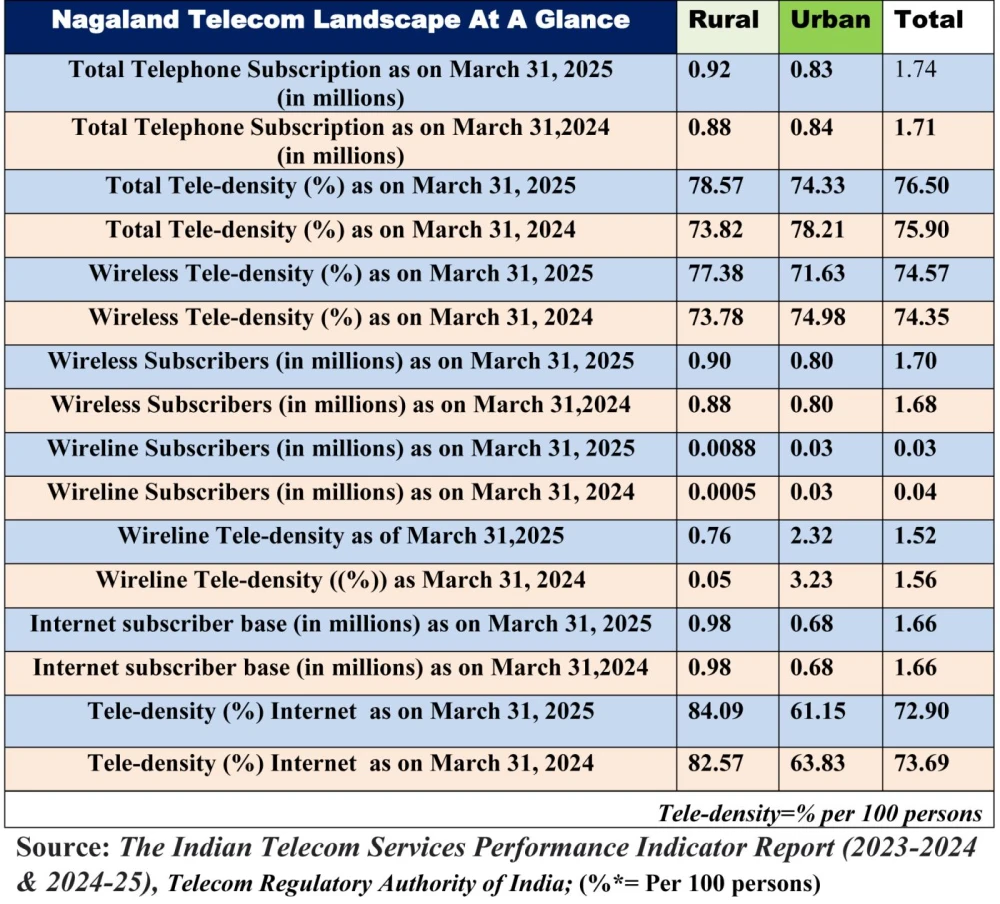
Wireless dominates
Mobile (wireless) connections remained the backbone of the state's telecom ecosystem, reaching 1.70 million in March 2025 from 1.68 million the previous year.
This reflects an addition of about 20,000 subscribers, or 1.2 percent growth.
Wireless tele-density, which measures the number of connections per 100 people, increased slightly to 74.57 percent from 74.35 percent.
Rural wireless density climbed from 73.78 to 77.38 percent, while urban wireless density declined from 74.98 to 71.63 percent.
However, Wireline or landline connections declined from around 40,000 to 30,000 subscribers, a fall of nearly 25 percent.
Urban areas retained roughly 30,000 connections, but rural areas dropped slightly from an already low base. The overall wireline tele-density slipped to 1.52 percent from 1.56 percent.
While urban wireline density declined from 3.23 to 2.32 percent, rural areas surprisingly saw a slight improvement from 0.05 to 0.76 percent, though still reflecting limited usage.
Internet access holds steady
The total number of internet subscribers in Nagaland remained unchanged during the last one year at around 1.66 million, with 980,000 rural and 680,000 urban users.
Despite steady numbers, overall internet tele-density dropped to 72.90 percent from 73.69 percent.
Rural internet density rose slightly from 82.57 to 84.09 percent, whereas urban density fell from 63.83 to 61.15 percent, indicating a possible slowdown in adoption or a shift in user behaviour in urban centres.
Meanwhile, the number of public Wi-Fi hotspots in the state increased from 81 to 84 over the year, while the number of access points rose from 262 to 268, marking modest infrastructure expansion.
National snapshot
At the national level, India recorded approximately 1.20 billion telecom subscribers as of March 2025, with an overall tele-density of 85.04 percent—higher than Nagaland's.
In contrast to Nagaland’s near parity between rural and urban users, urban India maintained a clear lead. Urban subscribers stood at 666.11 million, significantly outnumbering rural users at 534.69 million. Urban tele-density reached 131.45 percent—more than double the rural figure of 59.06 percent.
Mobile (wireless) services continued to dominate the national landscape, accounting for over 1.15 billion subscriptions. Notably, wireline connections also saw a resurgence, registering a growth of nearly 10 percent year-on-year to reach 37.04 million subscribers.
TRAI’s Indian Telecom Services Yearly Performance Indicators present the Key parameters and growth trends for the telecom services in India and serve as a reference document for various stakeholders, research agencies and analysts.


